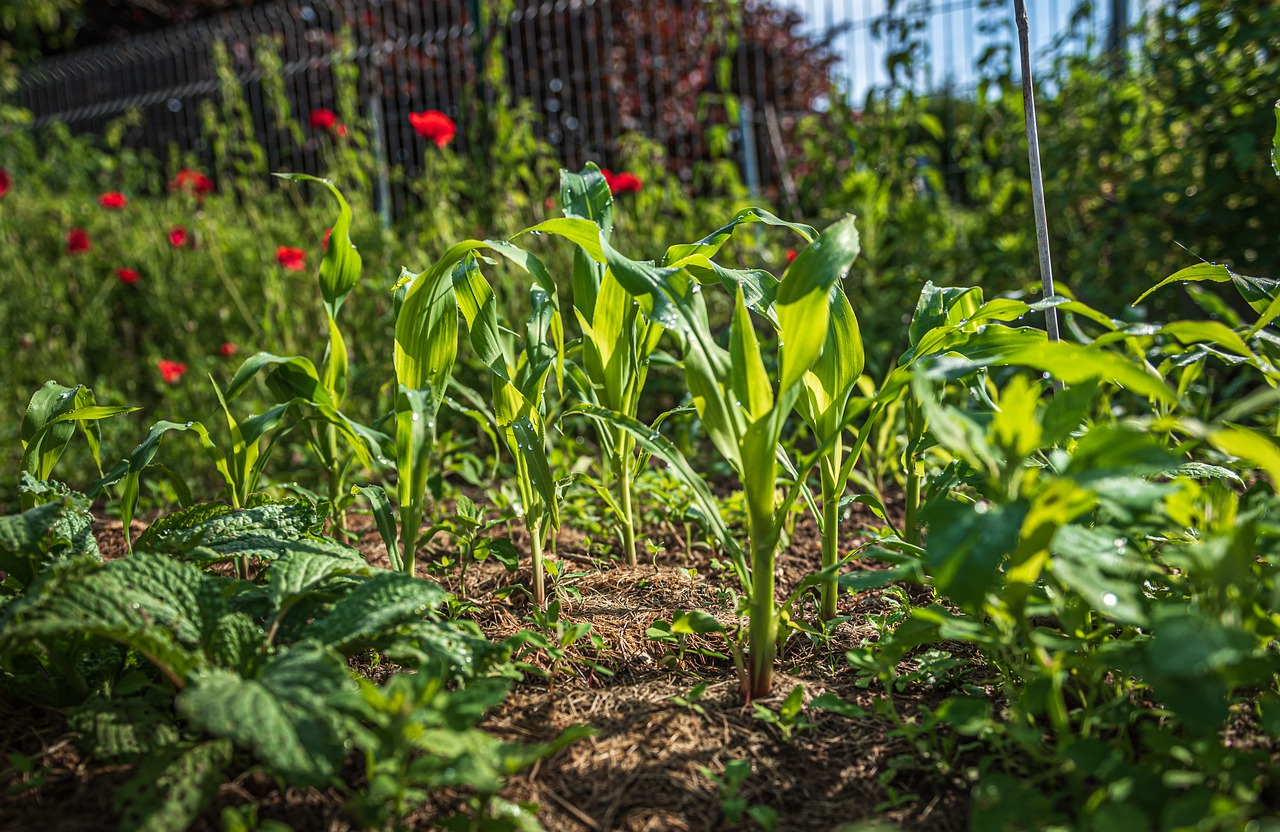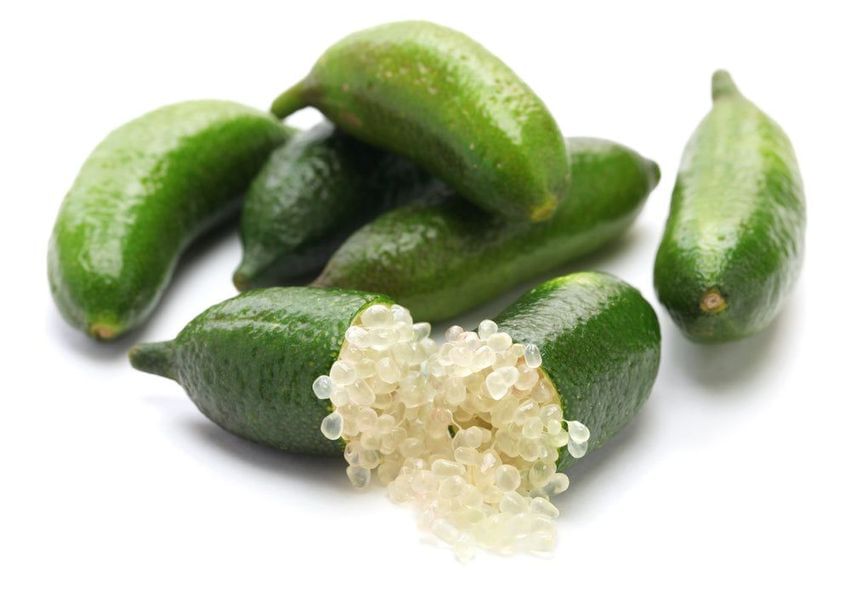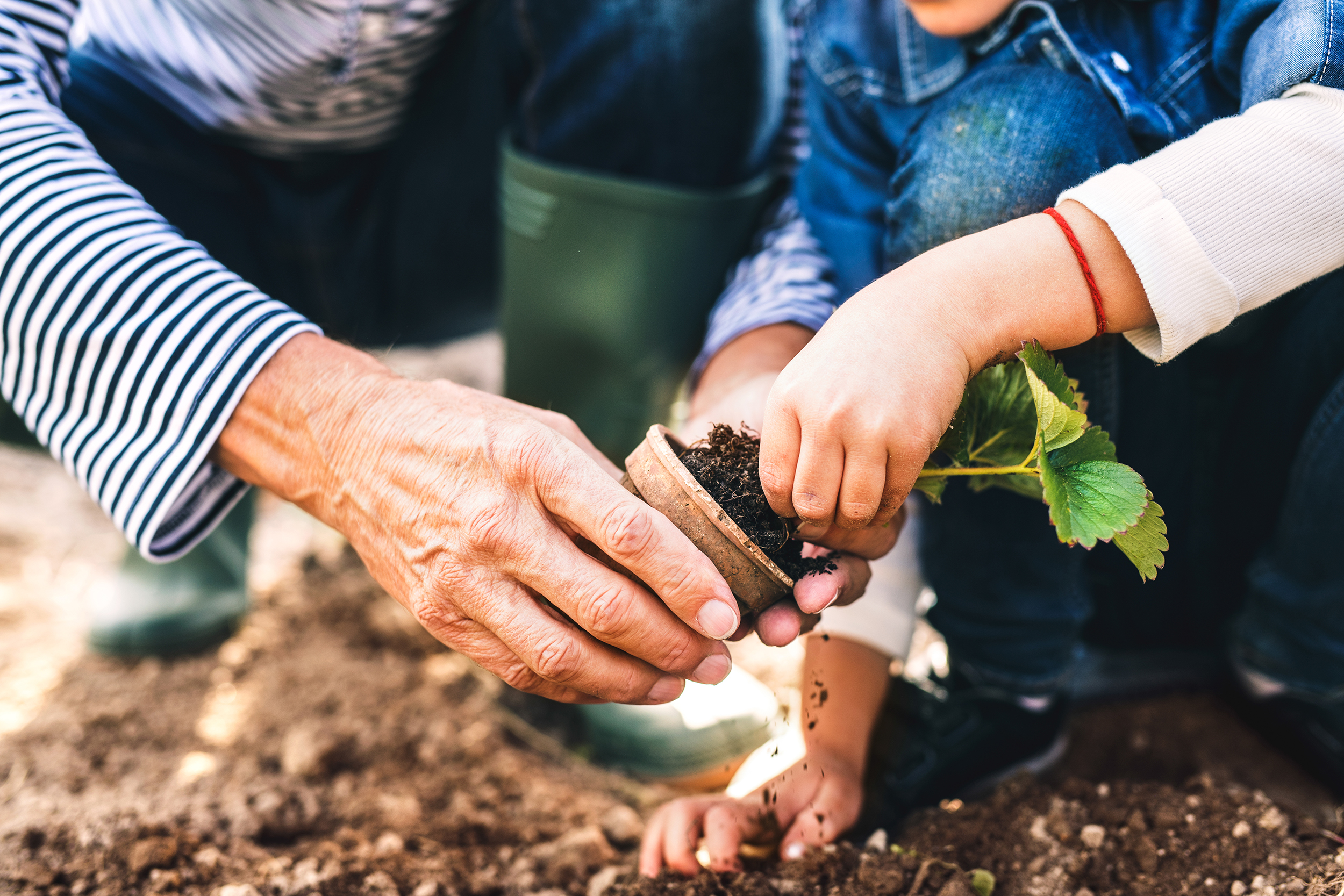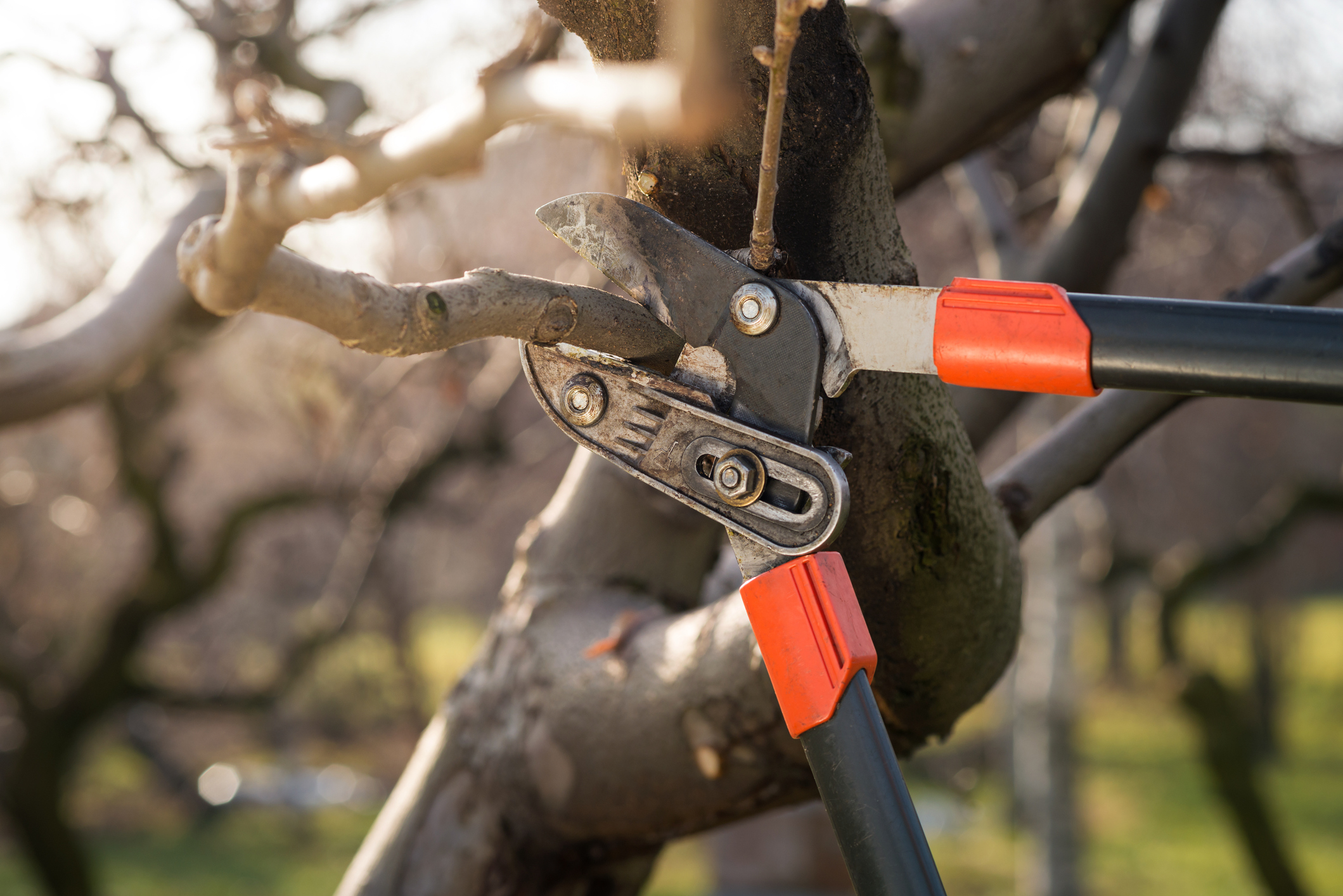Imagine stepping into your backyard and being greeted by a vibrant tapestry of colors, textures, and scents, all while knowing that every plant contributes to your culinary adventures. This is the magic of edible landscaping – a fusion of beauty and functionality that allows you to create a garden that is both visually appealing and productive. In this blog, we’ll delve into the world of edible landscaping and explore how you can transform your outdoor space into a haven of both aesthetics and flavor.
The Marriage of Form and Function
Edible landscaping is a design philosophy that goes beyond the traditional vegetable garden layout. It combines the principles of landscape design with the practicality of food production, resulting in a space that not only looks stunning but also provides a bounty of fresh produce. This approach allows you to incorporate edible plants seamlessly into your existing garden beds, borders, and even containers, blurring the lines between ornamental and utilitarian plants.
Plant Selection: Beauty Meets Flavor
The key to successful edible landscaping lies in thoughtful plant selection. Choose plants that not only thrive in your climate but also add aesthetic value to your garden. Consider plants like colorful Swiss chard with its vibrant stems, ornamental peppers that bring a pop of color, and blueberry bushes that offer both blossoms and sweet berries. Mixing in herbs like lavender, rosemary, and basil not only adds fragrance but also enhances your culinary endeavors.
Design Principles for Edible Landscaping
Layering and Diversity: Just as in traditional landscaping, incorporating plants of varying heights, textures, and colors creates depth and interest. Tall fruit trees can provide shade and structure, while lower-growing plants like strawberries and lettuces fill in the spaces with their lush foliage.
Seasonal Interest: Plan your edible landscape to provide interest throughout the seasons. Spring could bring blooming fruit trees and berry bushes, followed by summer vegetables and herbs, and then autumnal colors from ornamental cabbages and pumpkins.
Companion Planting: Embrace the concept of companion planting by grouping together plants that benefit each other. For instance, interplanting tomatoes with basil deters pests and enhances flavors, while marigolds can repel harmful insects from neighboring crops.
Edible Borders: Replace traditional hedges or ornamental shrubs with edible alternatives. Espaliered fruit trees can serve as beautiful living fences, while tall, edible grasses create a sense of privacy and movement.
Container Gardening: Limited space? No problem. Container gardening is an excellent way to create an edible landscape on a balcony, patio, or even windowsill. Grow compact varieties of herbs, lettuces, and even dwarf fruit trees in attractive containers.

Benefits Beyond Beauty
The benefits of edible landscaping extend far beyond the visual appeal. By growing your own food, you gain control over the quality and safety of what you consume. You reduce your carbon footprint by sourcing food from your own backyard instead of distant farms. Additionally, edible landscaping encourages biodiversity, as it attracts pollinators and beneficial insects to your garden, creating a more resilient and balanced ecosystem.
Cultivating a Connection with Nature
Edible landscaping fosters a deeper connection between you and your outdoor space. It encourages you to interact with your garden regularly, tending to its needs and observing its growth. This hands-on involvement can be incredibly rewarding, fostering a sense of accomplishment and a greater appreciation for the natural world.
Edible landscaping represents a harmonious convergence of aesthetics and functionality, where the boundaries between ornamental and edible plants blur into a beautiful tapestry of colors and flavors. By designing your garden with a focus on both visual appeal and productive bounty, you can enjoy the best of both worlds. Edible landscaping not only contributes to your culinary adventures but also brings you closer to nature, enriching your overall gardening experience and enhancing your connection with the environment. So, roll up your sleeves, pick your plants wisely, and embark on a journey to create a beautiful and bountiful edible landscape that nourishes both body and soul.



